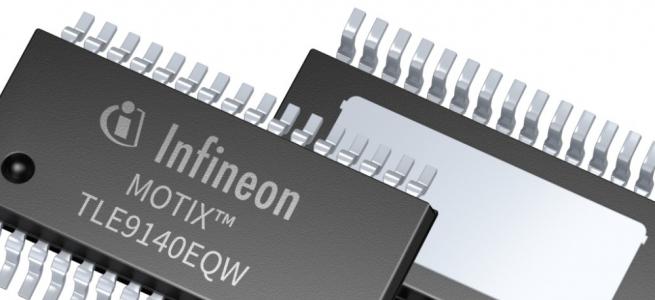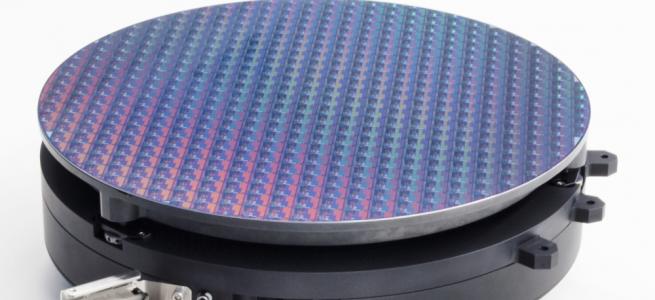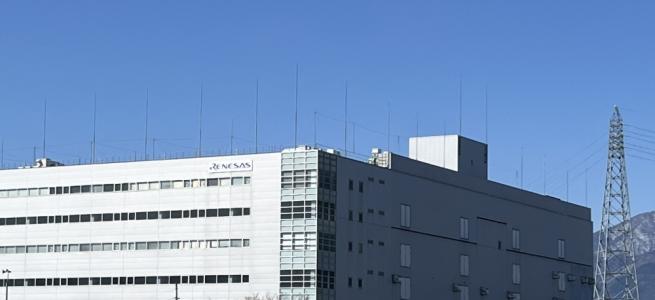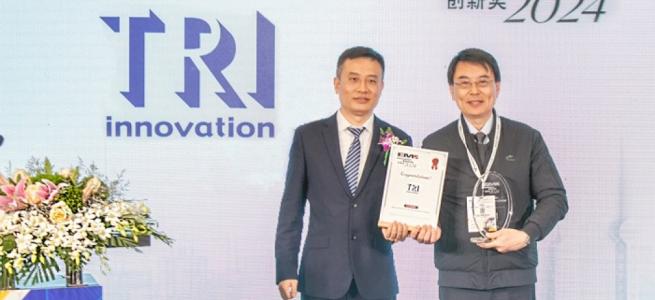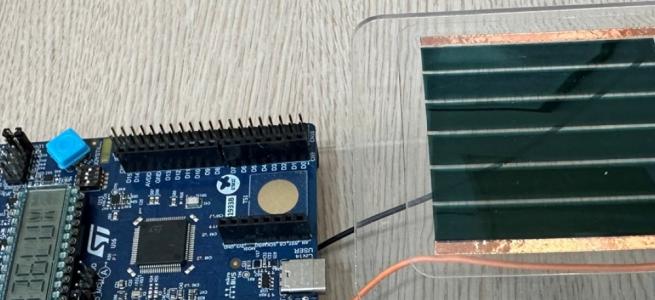U.S. Passes CHIPS Act, Increasing Restrictions on China

The disruption of the chip supply chain caused by the pandemic in the past two years, as well as geopolitical flashpoints such as Sino-US trade frictions and the Russia-Ukraine war, have led regional economies worldwide to focus more on the autonomy of local production and supply chains. According to TrendForce research, in terms of 12-inch equivalent production capacity in various regions around the world, Taiwan will account for approximately 43% of capacity by 2025, followed by China at 27%, the United States at 8%, and South Korea at 12%. In terms of advanced process capacity below 7nm (inclusive), Taiwan will account for approximately 69% by 2025, South Korea 18%, the United States 12%, and China 1%. Compared with the landscape in 2022, it is obvious that the United States will increase its proportion of advanced process production capacity in the next three years, while China will focus on mature processes.
However, as the U.S. Congress is about to enter its August recess, the Senate and House of Representatives passed "H.R. 4346 The CHIPS (creating helpful incentives to produce semiconductors) and Science Act of 2022" (aka CHIPS Act) promptly last week and the bill officially enters the final leg of the legislative process and will take effect after it is signed by President Biden. The draft bill not only covers wafer manufacturing R&D and factory construction subsidies, tax incentives, etc., but also proposes additional restrictions. It proposes that companies that receive subsidies from the United States be barred from investing in process technologies below 28nm in China during the subsidy period to ensure that the CHIPS Act protects the competitiveness of the U.S. semiconductor industry. TrendForce indicates that the only semiconductor companies currently investing in expansion/fabs in the US and China are TSMC and Samsung. It is worth continuing to pay attention to how the U.S. CHIPS Act will restrict the Chinese investment of these two companies.
China earnestly promoting domestic equipment but key equipment for advanced processes is controlled by U.S. allies
Since the U.S. "Entity List" expressly prohibits the sale of U.S. technologies used in advanced processes of 1Xnm and below to enumerated companies, most Chinese foundries have turned to actively expanding mature process technologies of 28nm and above. At the same time, China is also industriously developing domestic semiconductor equipment in an attempt to achieve a fully U.S.-independent manufacturing line. However, TrendForce indicates the U.S.-aligned equipment manufacturers still control certain key semiconductor processing machinery at this stage. U.S.-affiliated equipment is especially crucial in advanced manufacturing processes below 7nm and it is quite difficult to achieve a fully U.S.-independent production line in the short term.
It is worth mentioning that SMIC began developing its N+2 (7nm) process technology for DUV exposure before being placed on the "Entity List" in 2020. R&D was conducted with the machinery purchased at that time and mining-related chips have recently been mass-produced officially. However, according to TrendForce research, since chips below 7nm (inclusive) are approaching their physical limitations, if DUV technology is used in lieu of EUV technology, the chips will require more complicated production procedures, affecting yield and cost performance. In addition, the structure of mining chip is relatively simple compared with other logic chips. TrendForce believes that it may be quite difficult to produce more complex logic chips using this process and the mass production scale of N+2 (7nm) will be extremely limited as long as U.S.-affiliated equipment shipments remain restricted.
In summation, the disruption of the chip supply chain caused by the pandemic has stimulated regional economies to focus more on the issue of semiconductor autonomy. In the context of the Entity List, whose implementation predates the pandemic by several years, the United States not only actively promotes domestic production lines through the CHIPS Act but also proposes additional restrictions to intensify and deepen sanctions against China's semiconductor industry and curbing its development. From the foundry perspective, TSMC and Samsung recently invested in and established factories in the United States to focus on 5nm advanced processes, while most expansion activities in China are in mature processes above 28nm (inclusive).
According to TrendForce data, Chinese foundries are more active in expanding the production capacity of mature processes under the constraints of existing equipment. According to TrendForce, the proportion of 12-inch equivalent production capacity in China will increase from 24% to 27% from 2022 to 2025, the highest growth rate among all regions. However, only accounting for advanced processes (7nm and below), the United States will post the highest growth rate from 2022 to 2025, with its market share expected to grow to 12% by 2025.
The equipment ban has become the biggest variable in Chinese production expansion. The Trump administration previously requested the Netherlands halt its export of machinery to China through the Wassenaar Arrangement, making the export of equipment to China more difficult. Since SMIC has successfully mass-produced 7nm process products recently, TrendForce believes that the United States may once again use the Arrangement to persuade the Netherlands to expand the scope of restrictions to DUV ArF immersion systems and deepen restrictions on China. If the U.S. is convincing, a dearth of DUV ArF immersion systems not only affects the feasibility of China developing advanced processes below 7nm (inclusive), since ArF immersion systems are also key in 40/28nm expansion, it may also do a great disserve to the semiconductor expansion plans of China’s primary 40nm and 28nm processes.






